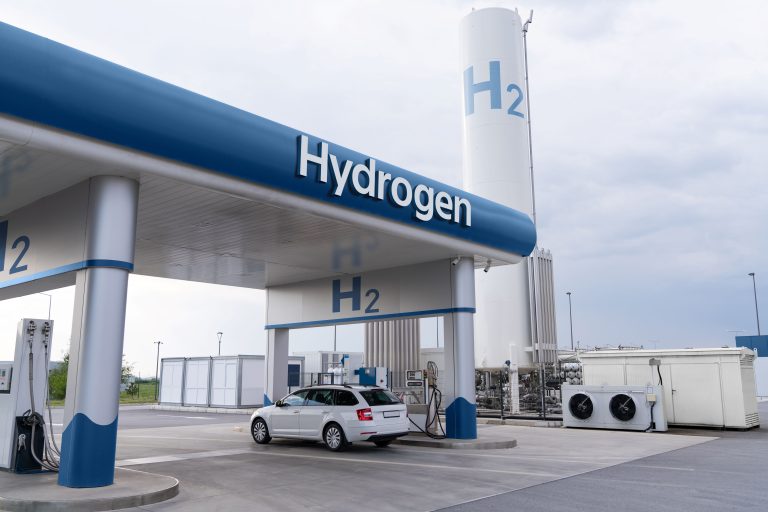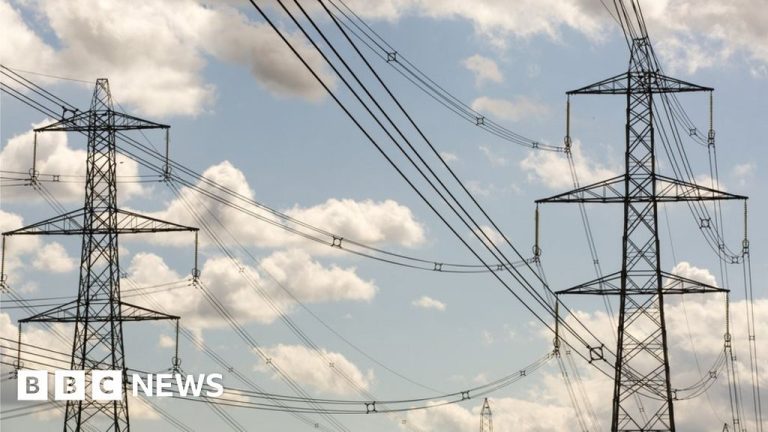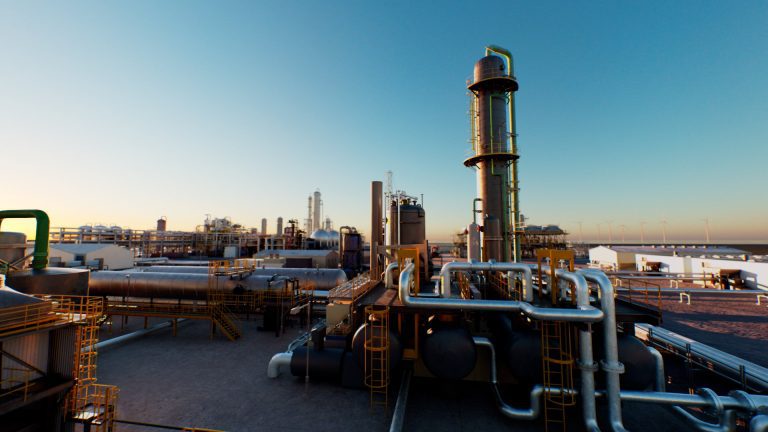Recognition for digital rehearsal services that are cutting costs, reducing project delivery durations and assuring safety compliance at Sellafield SRP construction site. Digital construction consultancy Proicere has won a prestigious Bentley Systems – Going Digital Award, in the Construction category. The award recognises Proicere’s development of an advanced 4D digital twin, as well as its other digital solutions, for the Sellafield Products and Residue Store Retreatment Plant (SRP) Project in Cumbria, UK. Proicere’s digital services, such as its 4D planning, powered by Benley’s SYNCHRO, have achieved millions of pounds in cost savings, over 500 days in time savings, as well as environmental impact benefits for the Sellafield site. Leveraging SYNCHRO’s 4D, Control and Field technologies, Proicere overcame project complexities to deliver exceptional results within SRP. Through the creation of dynamic models that integrate time and space, Proicere is enabling stakeholders to visualise project progress in real-time, and to identify potential conflicts or bottlenecks. The Proicere solution allows the project team, as well as stakeholders at SRP, to visualise, plan and execute the site works, de-risking delivery years ahead of build time. Leveraging SYNCHRO’s 4D, Control and Field technologies, Proicere overcame project complexities to deliver exceptional results within SRP, through the creation of dynamic models that integrated time and space. By April 2024, its service had already saved £80 million in costs, avoided over 500 days of rework, and enabled site teams to identify over 160 risks. Thanks to Proicere’s advanced 4D planning approach, using SYNCHRO software as its foundation, construction teams can seamlessly coordinate complex tasks under tight schedules while ensuring full compliance with the rigorous safety protocols required at the Sellafield nuclear site. This integration enhances efficiency and safety, streamlining project management in one of the most regulated environments. Established in 2004, the Bentley Systems Year In Infrastructure Awards honour extraordinary examples of Bentley software users advancing infrastructure design, construction, and operations around the world. Daniel Ashton, technical director, Proicere, comments: “We are thrilled to receive this prestigious Bentley Systems award in the Construction category. The award recognises the tangible benefits our 4D Planning and Digital Implementation is delivering at the Sellafield Retreatment Plant. It also emphasises the essential role that virtual rehearsals and immersive planning play, not only in driving performance, but in assuring safety and environmental compliance, in increasingly regulated construction environments.” The Sellafield Retreatment Plant (SRP) is part of the UK Nuclear Decommissioning Authority’s initiative to gradually transfer, repackage and safely store 140 tons of separated plutonium for 100 years. Managing the world’s largest civil stockpile of plutonium, the plant will be crucial for protecting the environment, safeguarding public health, and advancing scientific knowledge. Building, Design & Construction Magazine | The Choice of Industry Professionals














